![]()
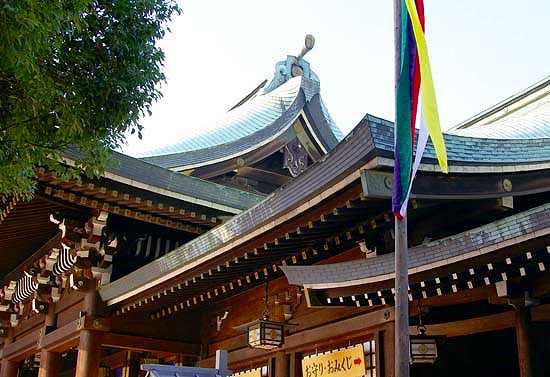 |
|
Emperor Meiji was the first emperor of modern Japan. He took over the political power from Tokugawa Shogunate during Meiji restoration and led the country to rise up to the powerful modern state in the world. Therefore, when he died in 1912, Japanese people felt that the great age of their history had passed. There are few examples that a big shrine has been built for a dead emperor, but Emperor Meiji was so great to Japanese people that they built a grandiose shrine to dedicate to him as a symbol of the greatness of the emperor and their ages. The shrine is located in the west of Tokyo near JR Harajuku
station with a vast area of 72 hectares. It was destroyed by US air raid
in the Pacific war and rebuilt in 1958. |
![]()
 |
 |
|
|
|
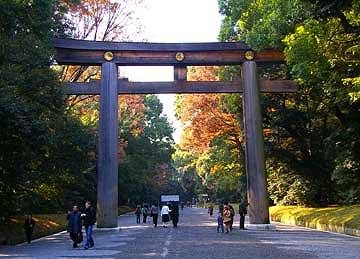 |
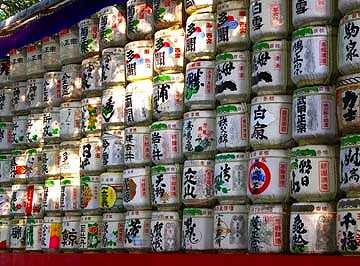 |
|
|
|
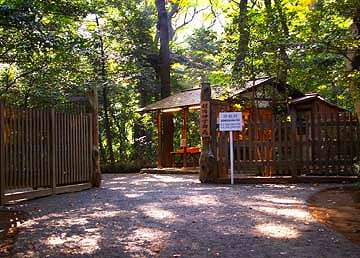 |
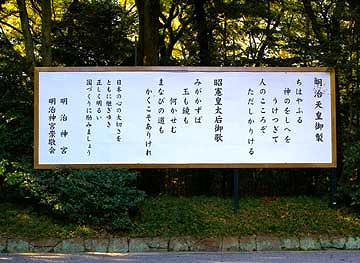 |
(Left)
The inner garden is famous for irises which blossom in each early summer. |
|
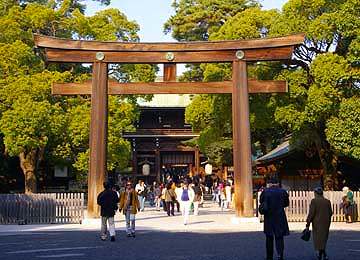 |
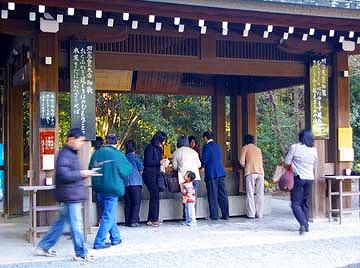 |
Passing
through the third torii, you are in the front garden of the main shrine
building. |
|
 |
 |
There
was a decoration of takarabune, treasure ship, packed with vegetables. |
|
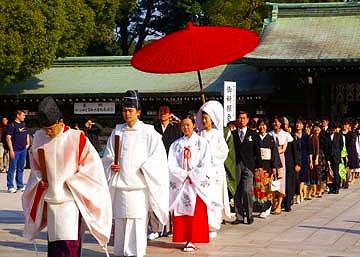 |
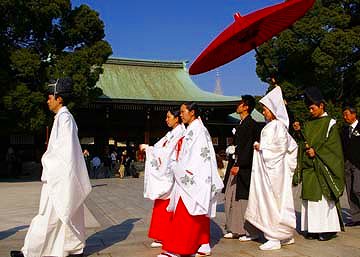 |
I
saw a wedding march in front of the main building. |
|
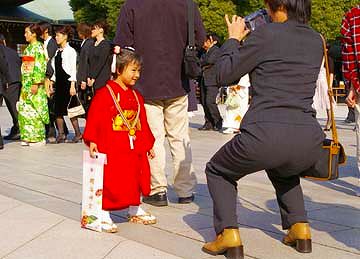 |
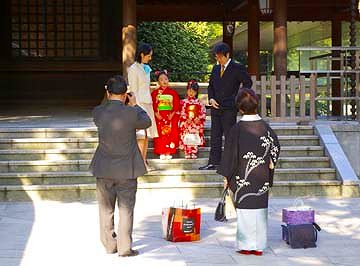 |
Japanese
parents celebrate their childrenüfs growth at 3, 5 and 7. |
|